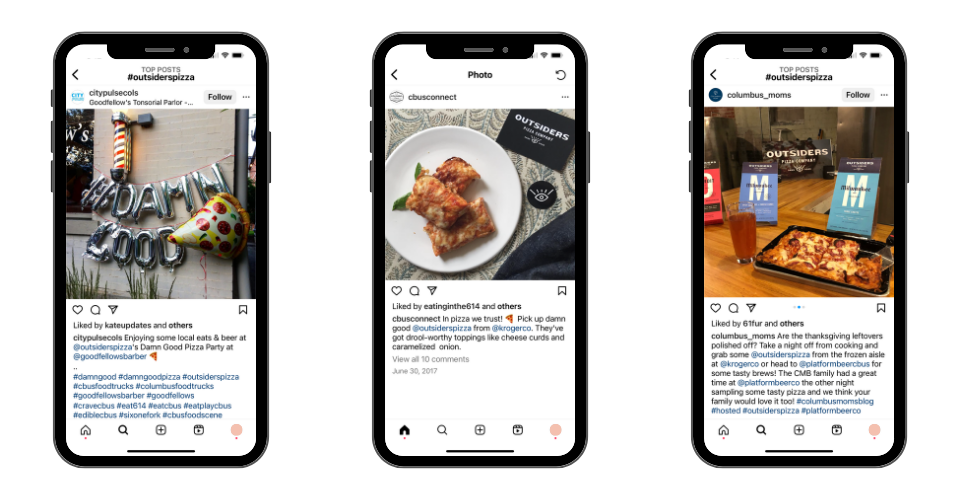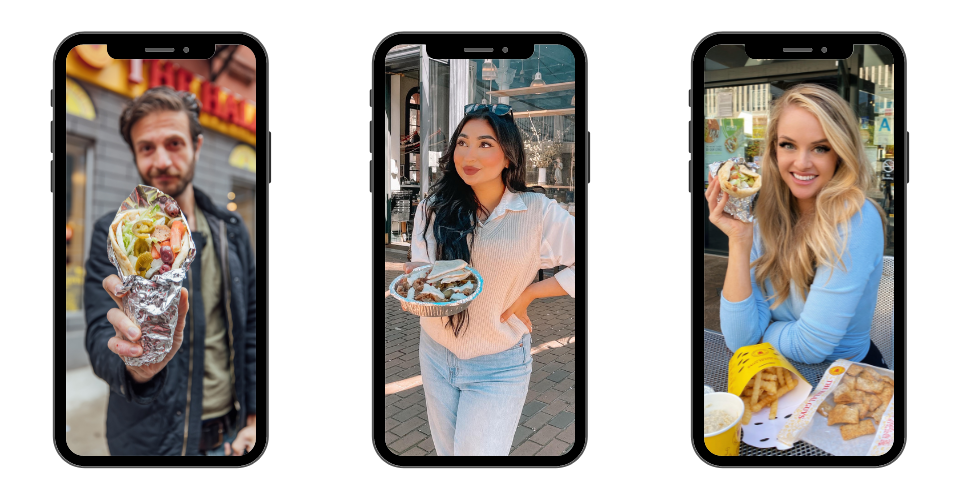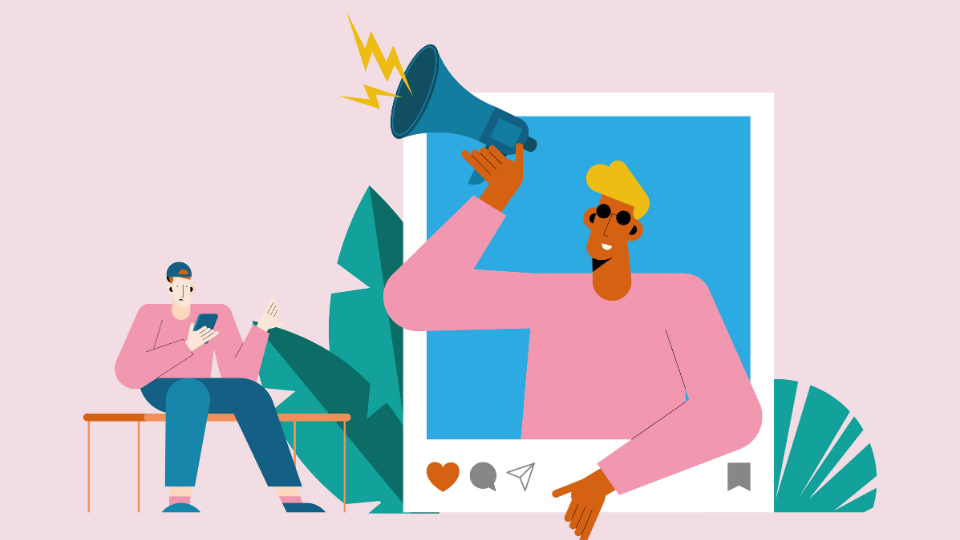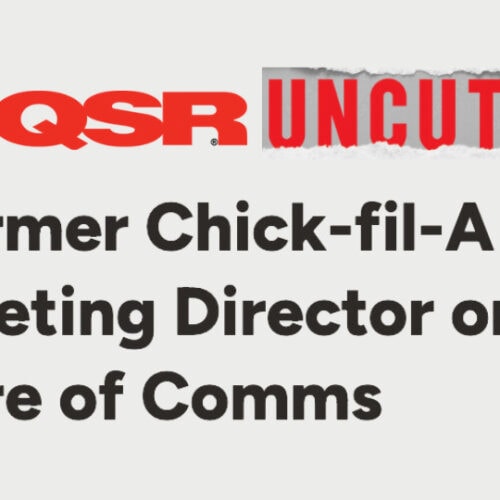Reach Your Campaign Goals with These Different Types of Influencers
Nearly half of U.S. consumers now rely on influencer recommendations to drive purchasing decisions, particularly when brands collaborate with relatable and credible content creators.
What types of influencers check the boxes for being reputable and authentic? There may be a few influencer categories you’ve been missing out on.
Macro influencers and mega influencers, defined as having 100K-1M followers and 1M+ followers respectfully, are what most people associate with the phrase “influencer marketing.”
These types of influencers have massive reach and can be gangbuster for your brand. But they can also carry a high price tag and be ineffective if you’re trying to reach a niche market.
There is a right and wrong time for every type of partner. So, let’s break down different types of influencers and identify when it makes sense to engage each.
Different types of influencers you might be sleeping on
Next time you embark on a new campaign, consider the following types of influencers. Often misunderstood or undervalued, the following categories of content creators can help you stand out and connect deeper with your audience.
✨ Nano-influencers (10K followers or less)
These small-scale influencers pack a big punch and are by far the most cost-effective to partner with. For the price of one macro influencer, you can partner with far more nano-accounts and create significantly more content. If you’re looking to build your content library or amplify the number of credible and relatable voices associated with your brand, nano accounts could be your best bet.
✨ Micro-influencers (10K – 100K followers)
This type of influencer has highly engaged audiences, enabling more genuine connections. Often, their followers relate to them on a personal level. This is a powerful position, as more than 6 in 10 consumers say they trust influencers they perceive to be like them. This high level of trust pays. Recommendations from micro-influencers are more likely to translate to new customers and are known to drive 60% higher campaign engagement rates than macro accounts.
✨ Gen X and Boomer influencers
Gen Z and Millenials get all the attention in social marketing. But don’t make the mistake of forgetting about other demographics. Gen-X (those aged 43 to 58 in 2023) and Baby Boomer creators (those aged 59 to 77 in 2023) are a direct gateway to reaching consumers who hold the largest buying power.
Gen X is known to outspend all other age groups in the US and is bullish when buying clothing and shoes online. Not to mention, Boomers are currently ramping up spending while Gen Z and Millennials are cutting back, as shared in a 2023 report from Bank of America.
Gen X and Boomer influencers can have follower counts that classify as nano, micro, mid-tier, macro or mega.
✨ Brand ambassadors
If you’re looking to establish always-on promotions, brand ambassadors could be the right fit. Acting as long-term partners, they work with brands to regularly share promo codes and highlight their new purchases with an engaged audience. These influencers believe in your products and use them consistently, which has a massive impact on authenticity. Plus, with an ongoing partnership, the need to revisit or create new contracts is drastically reduced.
Brand ambassadors can have follower counts that classify as nano, micro, mid-tier, macro or mega.
How to choose the right types of influencers for your goals
There is no simple answer to “Which influencers should I work with?” You need to find content creators that make sense for your brand, budget and specific campaign goals. A lot goes into that decision.
Some influencer campaigns are rooted in reach and brand building, while others have a lower-funnel focus and product sales targets. Depending on your goals, the type of influencer account you pursue differs.
To really know who you should partner with, you must start by identifying not just your goals, but understanding your end consumers’ behaviors and intrinsic drivers.
Do they respond to mass popularity or peer recommendations? Are they motivated by discounts or the status of being an early adopter? Are they driven to action by FOMO or do they want to be seen as an individual?
Conducting audience research to pull consumer insights is non-negotiable if you want to execute a successful influencer campaign.
Even though influencer marketing strategies are never black and white, the following recommendations and examples can help determine when it is beneficial to engage different types of influencers.
When to engage mid-tier or macro influencers
Mid-tier (100-500K) and macro-sized accounts (500K-1M) attract a wide range of followers, making it impossible for them to build a deep connection with every fan. But what these types of influencers excel at is blowing up brand awareness.
If you’re not limited by geographic constraints and your product has mass appeal, you could benefit from engaging mid-tier or macro influencers. With just one influencer partnership you could reach thousands of potential customers.
When Lego released its Art Collection, it partnered with the DIY home decor account @grillodesigns to spread the word to her 258K+ followers. With a product built for anyone aged 18 or older and deliverable on a global scale, it made strategic sense for Lego to partner with a big-time content creator.
View this post on Instagram
When to engage nano influencers
While nano influencers are effective for the promotion of a wide range of products – everything from beauty and fashion products to electrician and welding tools – they are phenomenal for hyper-localized activations and promotions. Need to reach audiences in a specific city or new market? Nano influencers may be your best bet.
As an example, we helped bring Outsiders Pizza Company to the masses by redefining what it meant to “do influencer marketing”. Rather than tapping the traditional mega-followings, we focused on niche community influencers with highly engaged followings in key markets. We engaged more than 70 partners securing hundreds of thousands of social media impressions. In this case, that meant everyone from millennial business owners to tattoo artists and drag queens.

When to engage micro-influencers
If you sell a specialized product, you’re more likely to reach target buyers when working with smaller creators. Micro-influencers generally only promote products they’d personally use or believe in, making their recommendations highly authentic.
Plus, 45% of consumers find it helpful when multiple creators mention a product. So it behooves your brand to invest in multiple, smaller influencer relationships rather than one large macro or mega account. Increase your chance of exposure by diversifying your spending with different types of influencers.
Working with micro-influencers is exactly how we helped The Halal Guys tap into 80+ influencers in the niche vegetarian market. When the restaurant created its first-ever meatless gyro as a limited-time offer, we needed to spread the word quickly with a worldwide influencer campaign in 26 markets in the U.S., Canada and the U.K. With no time to spare, we were able to secure fun, right-fit partners by diversifying our approach to influencer partnerships across Instagram, TikTok and YouTube.

When to engage Gen X and Boomer influencers
The majority of brands looking for older influencers are often ones with products meant specifically for that demographic – think group travel packages for empty nesters or financial advice for those looking to reach a comfortable retirement.
But Gen X and Boomer creators have built communities of followers among both people of their age demographic and younger consumers.
While it’s true that people often connect deeper with accounts they feel personify themselves, it’s not the only consideration brands need to keep in mind. Many consumers intrinsically trust older people’s recommendations over younger ones based on their experiences and knowledge. These types of influencers can also induce feelings of nostalgia – a powerful tactic in marketing.
Disney and Pixar teamed up with the endearing Pasta Grannies to promote its new movie Luca. With 932K subscribers on YouTube and 980K on Instagram, this divine account attracts cross-generational audiences who find comfort in the traditional cooking practices of Italian grandmas. Social clips showed Pasta Grannies watching the film’s trailer, reacting with joy to the movie’s portrayal of growing up on the Italian Riviera.

When to engage brand ambassadors
The best brand ambassadors are likely to develop from previous campaigns. Influencers you’ve already worked with, built relationships with and saw mutually beneficial results.
If you are looking to instill always-on campaigns, build a community or achieve simplified contract negotiations, ambassadors are a catalyst for brand loyalty and sales.
When launching a new collection, the athleisure brand Vitality taps its ambassador group on Instagram to fuel anticipation and interest. Vitality gives ambassadors early access to their new fits, encouraging them to post authentic reviews about comfort and performance. Their target audience of fitness enthusiasts ends up seeing multiple posts in their feed about the new collection, creating a feeling of FOMO and mass appeal.
Vitality collections have been known to sell out in just a few hours due to the large reach and influence of brand ambassadors. Additionally, ambassador programs provide user-generated content that Vitality continues to use for content between new product launches.
View this post on Instagram
Build more authenticity into your influencer partnerships
When pursuing influencer partnerships, follower count should never be your sole qualifier. Instead, consider if a partner will come off as relatable, credible and authentic to your target market. Do the necessary research to understand who your audience is most likely to be influenced by – the data might surprise you.
You may be best served to work with different types of influencers who have smaller but more engaged audiences or with influencers who fall into an unexpected demographic.
Need help building an effective influencer marketing strategy or doing consumer research? We’ve got you covered.
Fill out the form below to be notified when our Think BIG blog publishes each month.




